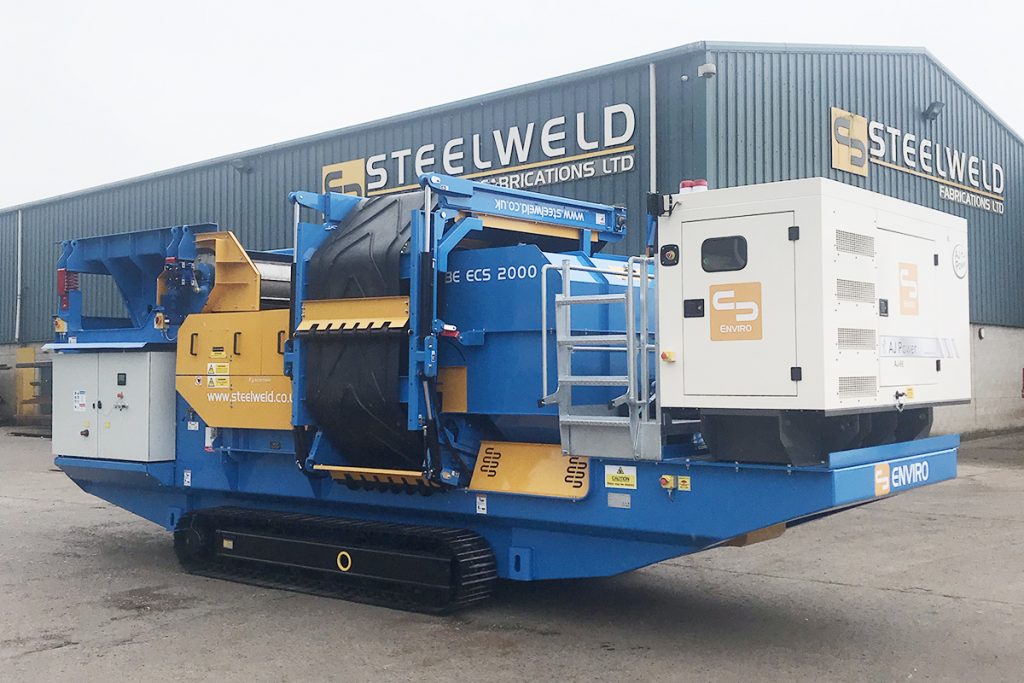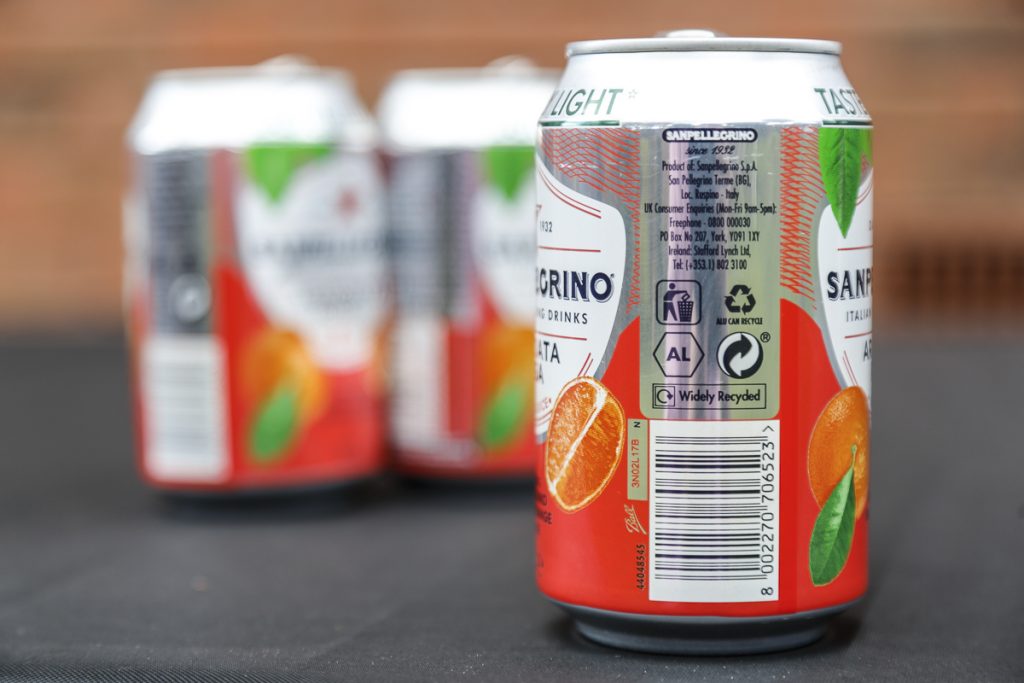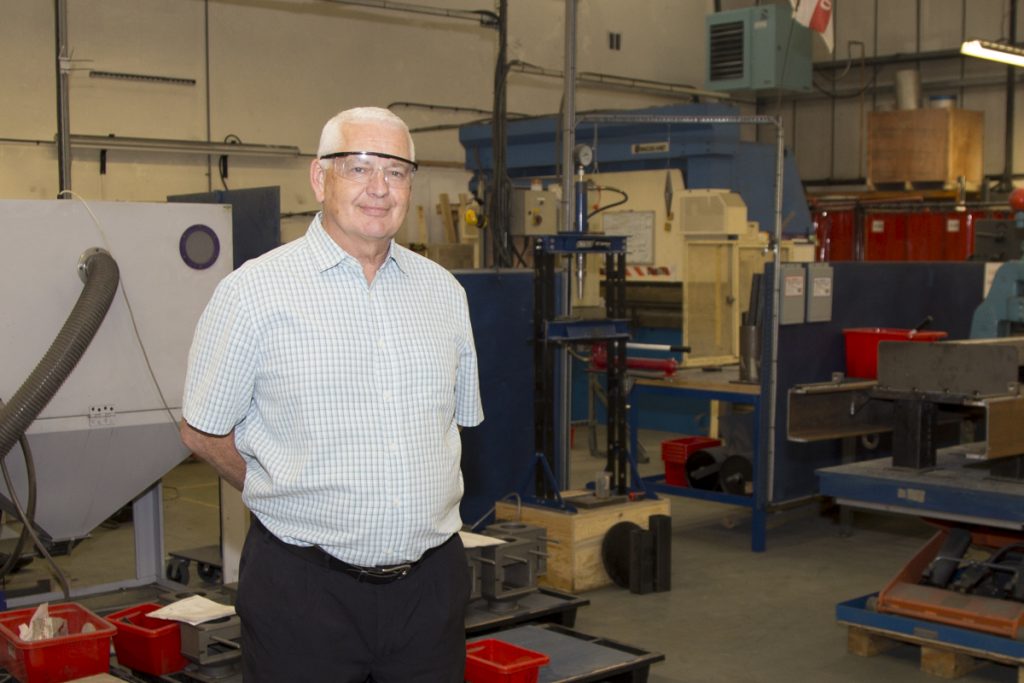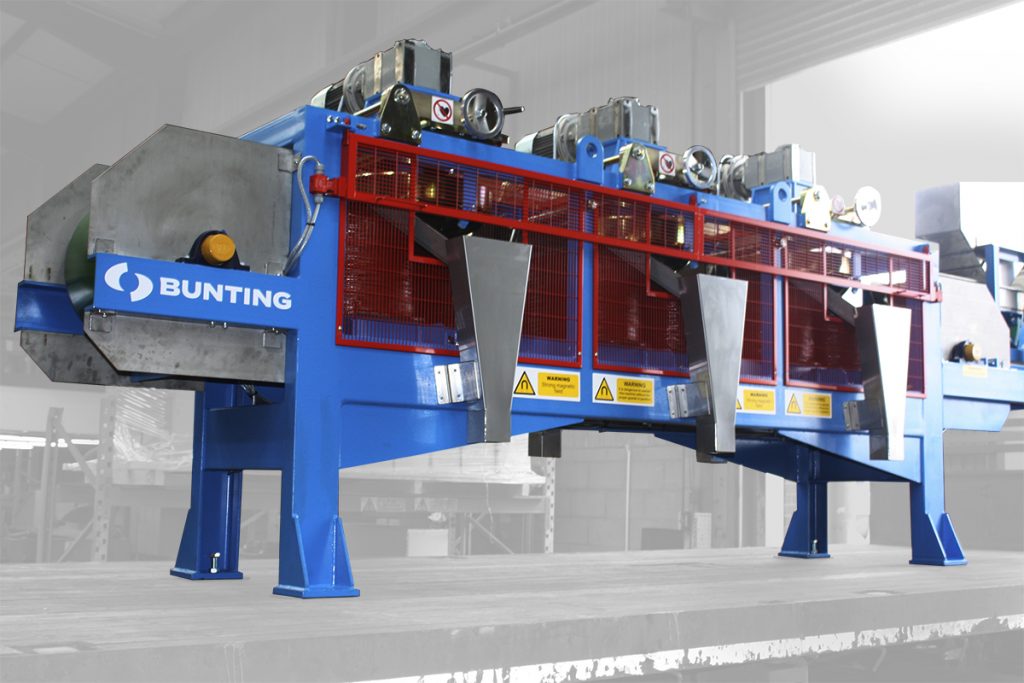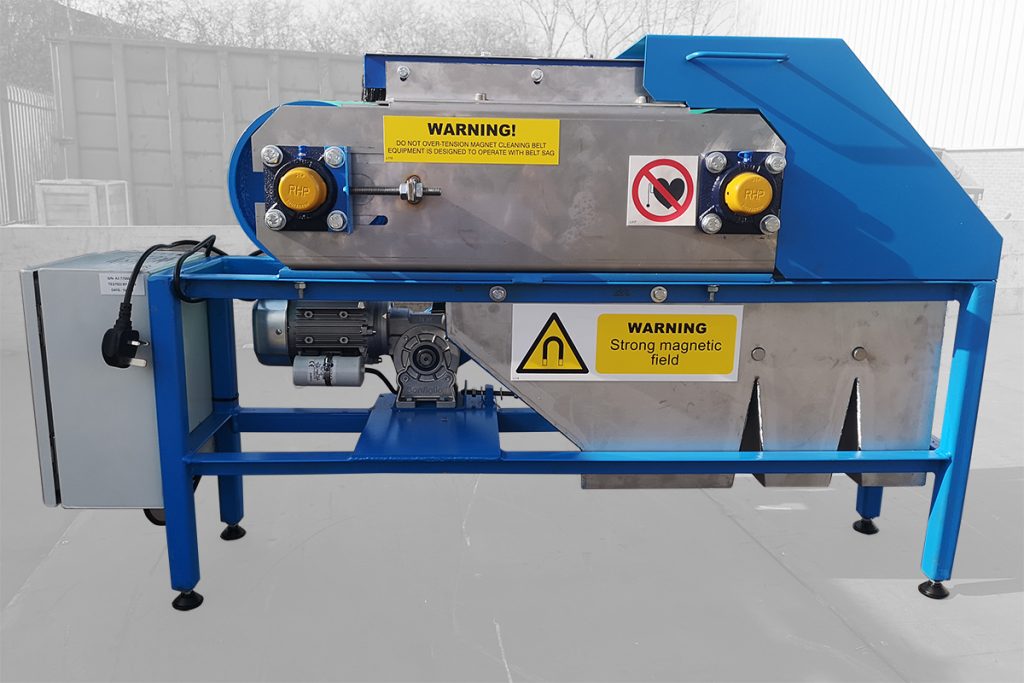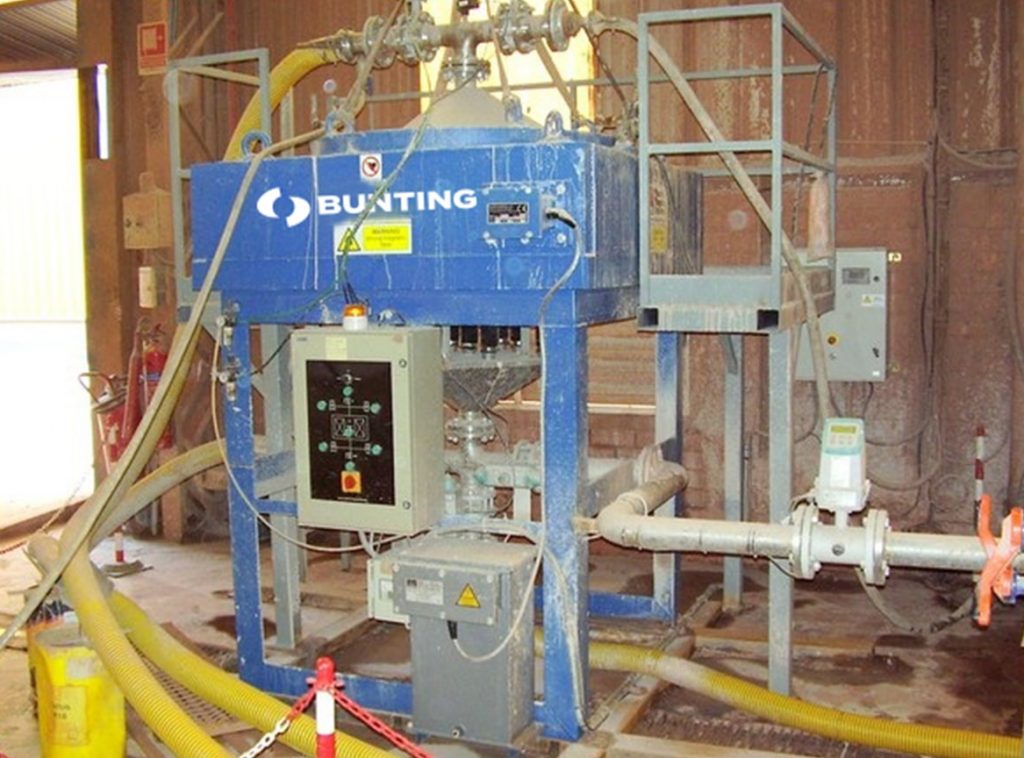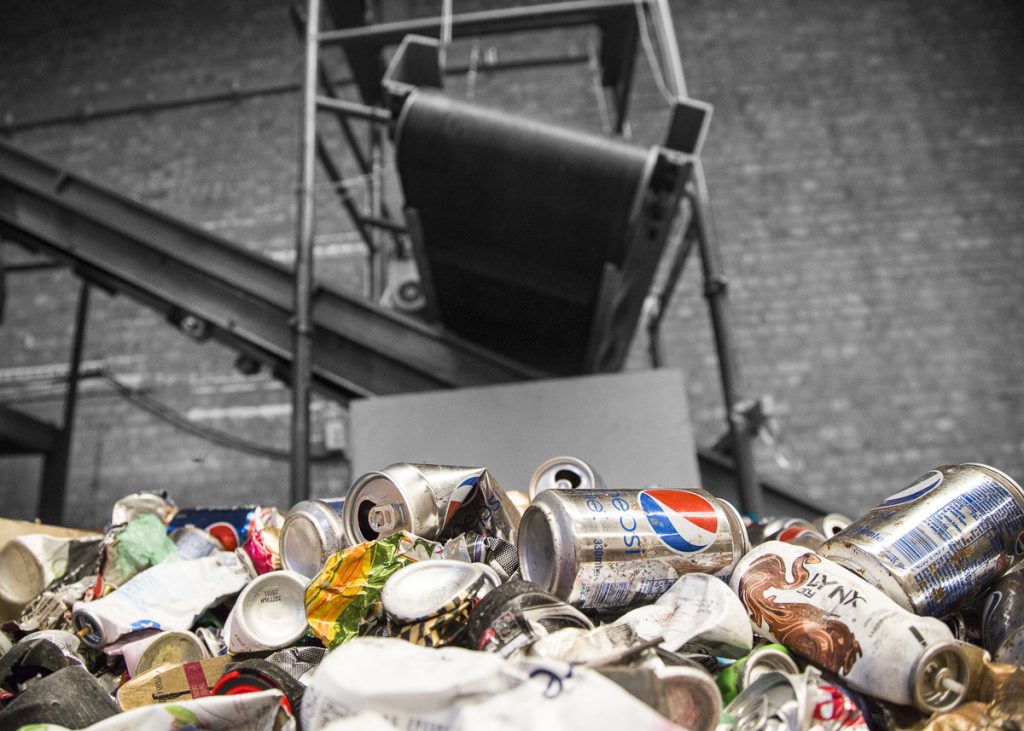News
Record Order Month for Bunting-Redditch
Bunting-Redditch recorded an all-time record order month (by value) in April 2021. The 43-year high follows the continued recovery of the UK manufacturing sector following the Covid-19 pandemic. “Activity, with both enquiries and orders, has gathered momentum since the beginning of the year,” explained Adrian Coleman, the General Manager of Bunting-Redditch. “The record order placement…
Read More6 Mobile Metal Separators Sold in 3 Months
Following a surge in orders for their mobile metal separator, Steelweld Enviro Products Ltd and CRJ Services have ordered six (6) Bunting Eddy Current Separators and Rare Earth Drum Magnets in the first quarter of 2021. The Eddy Current Separators separate non-ferrous metals from non-metallic material with the Rare Earth Drum Magnets recovering magnetic materials.…
Read More82% UK Aluminium Can 2020 Recycling Rate
With a 6% rise on 2019, the recycling rate for aluminium beverage cans in the UK reached a record high of 82% in 2020 (Alupro – April 2021). According to Environment Agency (EA) published Packaging Recovery Notes (PRNs), 151,515 tonnes of aluminium packaging was collected and recycled, up 31% from 115,808 tonnes in 2019. This…
Read MoreWorld Day for Safety and Health at Work
For the World Day for Safety and Health at Work we talked with Denis Elkins, our HSE & Quality Assurance Manager about his role at Bunting. “Ultimately, my responsibility is to ensure that all our employees return home in good health after a safe day at work. Of course, this is very much a team…
Read MoreTwo Magnetic Disc Separators Process Coltan
A Nigerian mineral processor is installing two (2) Magnetic Disc Separators (MDS) to separate individual minerals in a Coltan plant. This latest export project reflects Bunting’s position as a recognised global leader for the design, manufacture, and supply of high-intensity magnetic separators for mineral processing. Technical product information: Magnetic Disc Separator Magnetic Disc Separators The…
Read MoreRare Earth Roll Separator for University of Birmingham
The University of Birmingham has purchased a laboratory-scale Rare Earth Roll Separator for their School of Metallurgy and Minerals lithium-ion battery recycling research facility. The high-intensity magnetic separator enables the separation of very weakly magnetic particles. Battery Recycling Research The Faraday Institution is funding the ReLiB (Recycling and Reuse of Li-ion Batteries) project researching the…
Read MoreThe Crusher’s Arch Enemy – Tramp Metal
Crushing quarried aggregate is a key process stage of most quarries and when recycling demolition waste. Effectively protecting the crusher from rogue tramp metal damage prevents production losses and repair costs. The wide range of available crushing technology enables the production of optimally sized aggregate. Whereas Jaw and Gyratory designs commonly feature as primary crushers,…
Read MoreElectromagnetic Filters for Ceramics
Since the first ceramics were produced, iron and iron-bearing minerals have caused defects. The problematic minerals occur naturally in the raw materials, with additional fine iron accidentally introduced during transportation, storage or processing. Effective removal often involves several stages of magnetic separation. However, the introduction of High-Intensity Electromagnetic Filters proved ground-breaking in terms of removing…
Read MoreRecycling Growth Dependent on Technology
Annual events such as the UK’s Recycling Week, the Global Recycling Day and Earth Day provide the perfect platform for reflection and planning. Successful and extensive recycling reduces the pressure on the planet’s finite resources, whilst also providing desperately needed environmental protection. Many experts predict that the failure to radically change the way waste is…
Read MoreGetting Metal Out of Pet Food
Ensuring Pet Food is metal free before it reaches the consumer is critical. However, reports of foods being recalled due to metal contamination occur several times each year. To assist processors and producers, Bunting has developed a series of typical plant flowsheets showing proposed locations for Magnetic Separators and Metal Detectors including a typical Pet Food Processing Plant.…
Read More
